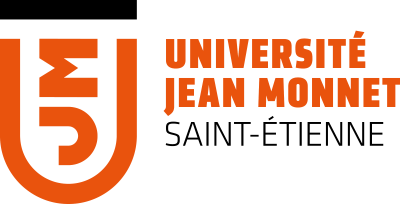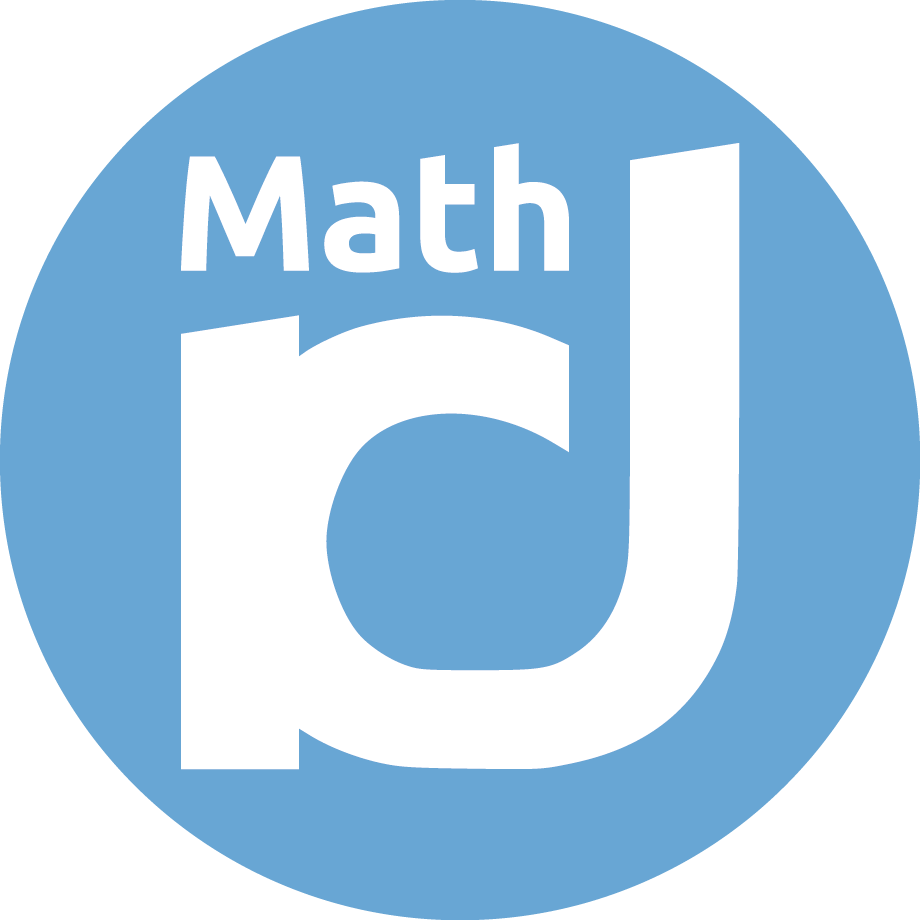



Aim of the workshop
The particularity of the nonlinear processes is that they satisfy some stochastic differential equations where there is no linearity (with respect to the associated partial differential equation). The linear stochastic processes had been well known for decades. But, the nonlinear ones are the subject of intense researchs in the domain of the probability, in the partial differential equations but also in the applications of the mathematics.
However, real phenomena are more often nonlinear processes than linear one.
Let us give some examples of nonlinear processes that we are interested in:
- The self-stabilizing diffusion. This diffusion can be obtained as a limit of mean-field particles interacting system. It has been initially constructed to modelize the plasmas. However, it now is used to study chemical or biological species in interaction or in the contraction of the muscular cells.
- The diffusion of Dreyer et al. This diffusion is of McKean-Vlasov type. It is used to count the proportion of Lithium atoms in a Lithium-battery. By assuming that the charge is slow, an hysteresis phenomenon appears. Nevertheless, this phenomenon (obtained by some authors by analytical techniques) is not well understood in the probabilistic view point.
- The Delarue Inglis Rubenthaler and Tanré diffusion. It is used to modelise the potential of the membrane of a neuron in a neuronal system with a large number of neurons. Some metastability questions occurs for this model which well-posedness has been obtained in 2015.
- The self-interacting diffusion. In addition to its use to modelise some polymers, it can also be used in stochastic algorithms. Indeed, the classical method of gradient descending has a default: the slowness if the cost potential that we search the minimum (which is classical when we do a maximum of likelihood) is nonconvex. So, we used the simulated anneahiling. By using the self-interacting diffusion, one expect to reduce the exit-time so that the method would be faster.
- The Cucker-Smale diffusion. This diffusion is a stochastic version of the classical Cucker-Smale model. This model is used to understand the flocking. It is of McKean-Vlasov type with also the position.
Organizing committee
- Julian Tugaut, Institut Camille Jordan
- Pascale Villet, Institut Camille Jordan
List of confirmed speakers
- Alessandra BIANCHI, Padova (Italy)
- Paul-Eric CHAUDRU DE RAYNAL, Chambéry (France)
- Quentin CORMIER (INRIA Nice)
- François DELARUE, Nice (France)
- Gonçalo DOS REIS, Edinburgh (United Kingdom)
- Hong DUONG, Birmingham (United Kingdom)
- Jean-François JABIR, Moscow (Russia)
- Aline KURTZMANN, Nancy (France)
- Michela OTTOBRE, Edinburgh (United Kingdom)
- Grigorios PAVLIOTIS, London (United Kingdom)
- William SALKELD, Edinburgh (United Kingdom)
- Lukasz SZPRUCH, Edinburgh (United Kingdom)
- Etienne TANRÉ, Nice (France)
- Milica TOMASEVIC, Polytechnique (France)
Program
Poster session
- Oumaima BENCHEIKH, (École des Ponts ParisTech)
- Quentin CORMIER (INRIA Nice)
- Paul DOBSON (Heriott-Watt University, Edinburgh)
- William HAMMERSLEY (University of Edinburgh)
- Romain RAVAILLE (Université Jean Monnet, Saint-Étienne)
- William SALKELD (University of Edinburgh)
Slides
Talk of Alessandra BIANCHI
Talk of Paul-Eric CHAUDRU DE RAYNAL
Talk of Quentin CORMIER
Talk of François DELARUE
Talk of Gonçalo DOS REIS
Talk of Hong DUONG
Talk of Jean-François JABIR
Talk of Aline KURTZMANN
Talk of Michela OTTOBRE
Talk of Grigorios PAVLIOTIS
Talk of William SALKELD (to appear soon)
Talk of Lukasz SZPRUCH
Talk of Etienne TANRÉ was in blackboard.
Talk of Milica TOMASEVIC was in blackboard.
Posters
Poster of Oumaima BENCHEIKH
Poster of Quentin CORMIER
Poster of Paul DOBSON
Poster of William HAMMERSLEY
Poster of Romain RAVAILLE
Poster of William SALKELD
Inscription
Inscriptions are closed.
Practical informations
See this page.
Acknowledgement
We are thankful to Université Jean Monnet, Institut Camille Jordan, Labex MiLyon and Fédération de Recherche en Mathématiques Auvergne Rhône-Alpes.